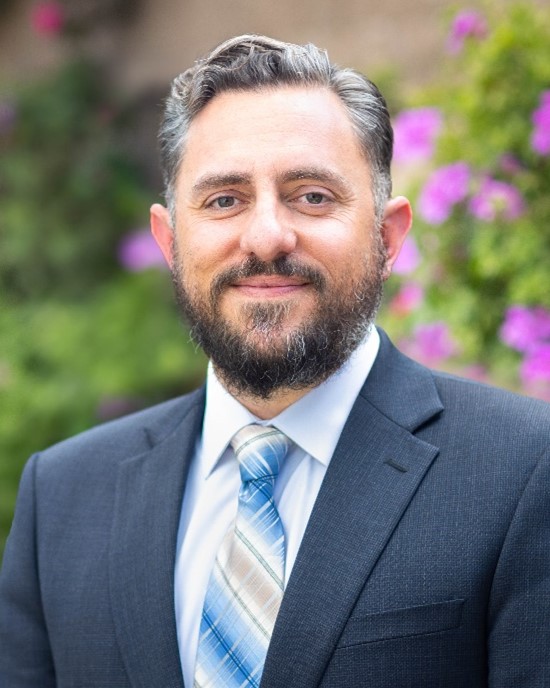

In March 2024, California residents passed Prop 1 by a narrow margin (50.2%). This proposition is the most recent state initiative aimed at addressing mental health and homelessness. It comes out of a history of similar legislative actions, most notably the 2004 “Millionaire Tax” (i.e. Prop 63) which currently funds the state’s Mental Health Services Act (MHSA). Then in 2021, California issued $2.2. billion in bond finances to launch the Behavioral Health Continuum Infrastructure Program (BHCIP).
Proposition 1 moves these actions forward and effectively does two things:
- Increases the percentage of MHSA dollars that go to the state (reducing the local county allocations from 95% down to 90%)
- Issues $6.38 billion in new state bonds to be spent on permanent supportive housing (30%) and behavioral health infrastructure (70%)
What does all this mean for behavioral health? There are pros and cons here. But before we get into those, we need a little context. Based on an assessment conducted by the California Department of Health Care Services in 2022,1 which was used to launch the BHCIP initiative, there is a significant lack of behavioral services across the state, with some counties suffering more than others. Specifically, there is a significant lack of inpatient beds and substance use and recovery services as well as a general lack of access due to workforce and availability of resources. To that end, less than 20% of individuals with mental health needs report an ability to access appropriate care.
The pros: The additional Prop 1 funds will help build infrastructure across the state. Any additional mental health resources is a net benefit. Therefore, this proposition will help. Also, as demonstrated by the previous BHCIP program, these new funds will probably result in additional inpatient beds across the state, as well as additional substance use, recovery and crisis care facilities. But if past is prologue, we will see these investments focused largely on government (e.g. County and State) facilities and less on non-government or not-for-profit facilities. Arguably it is in alignment as nearly 14 million Californians rely on the state’s Medi-Cal insurance for behavioral health access. However, because of this reality, it is unclear how these funds will impact services for individuals with commercial insurance other than the potential for raising the tide to lift all boats.
The cons: Those in opposition of the proposition were quick to point out two important issues. First, the proposition allocates 30% of the funds for permanent supportive housing, most likely to be spent out through programs like Project Home Key.2 Additionally, local counties will see a reduction in the amount of funds they receive from MHSA.3 Also, some county representatives have suggested that other changes to MHSA will result in additional restriction on local MHSA dollars, effectively reducing the total dollars each county has available for mental health services.
The bottom line is that there are additional funds coming to California for permanent supportive housing programs and to build additional behavioral health infrastructure. That’s a good thing and interested communities should begin the work of vying for their share of these dollars.
There are a few valid concerns, however. First and foremost, the opponents of the proposition have a valid point. The changes to MHSA will result in fewer dollars at the county level. With tighter budgets, counties will be in the uncomfortable position of determining how to strategically operate their local programs with less funding. This could mean that some counties reduce innovative or novel programs to safeguard their core operations.
Another overlooked issue here is that the Prop 1 dollars are for infrastructure only. The $4.4 billion dollars in bond financing are not used to support existing programs or launch new programs. Nor will the funds directly address the current behavioral health workforce crises. Additional actions will be needed to help build a workforce that is ready to serve within these new facilities.
Finally, Prop 1 passed by a very narrow margin, unlike the previous Prop 63 (MHSA). This may be a significant warning for the future. Voters may be voicing their concern and wavering support for these types of legislative approaches. Significant thought should be given to this trend.
All in all, there are benefits coming. But Prop 1 is not a silver bullet. There is still a lot to do to increase workforce shortages and develop programs and initiatives that are tailored to each local communities’ needs.
Author Bio:

Brian Distelberg, PhD
Dr. Distelberg is the Director of Research at the Behavioral Medical Center and is also a Professor of Counseling and Family Sciences for the School of Behavioral Health. His research interests include behavioral health integrations; community and organizational systems; multivariate analysis; community-based research; and social and behavioral health.
References:
- DHCS 2022: Assessing the Continuum of Care for Behavioral Health Services in California. Data, Stakeholders Perspective, and Implications. https://www.dhcs.ca.gov/Documents/Assessing-the-Continuum-of-Care-for-BH-Services-in-California.pdf
- Legislative Analyst’s Office (2025). Proposition 1: Authorizes $6.38 Billion in Bonds to Build Mental Health Treatment Facilities for Those with Mental Health and Substance Use Challenges. https://lao.ca.gov/BallotAnalysis/Proposition?number=1&year=2024
- UC Berkley Institute of Governmental Studies (2025). Proposition 1: Behavioral Health Services Program and Bond Measure. https://igs.berkeley.edu/library/california-ballot-proposition-guides/march-5-2024-primary-election/march-5-2024-ballot-prop
